Working as a product marketer in a SaaS company, you are probably working on a lot of activities related to onboarding, driving adoption, and retention. One of your responsibilities along with your Product Managers is to monitor feature adoption and how users use the product, which is one of the crucial factors for product success.
Your Product Managers all want to build a product that customers will love and use as many capabilities as they can.
This is where we, as PMM, jump in—showing the value the product brings, onboarding customers, helping them succeed using the product to keep them loyal, and drive growth.
One of the tools that we can take from our PMM gearbox is in-product or in-app engagements (sometimes called in-app notifications), but I prefer engagements as your goal is to motivate the user to click, read more, boost usage to increase their satisfaction. In other words, you want to lead them to that AHA! moment where they see the true value of the product.
Products that use in-app engagements see a 3x boost in engagement and a 4x increase in conversions. In combination with email, you get a powerful combination to get excellent results.
Let’s see how it works and the common use cases to drive onboarding, adoption, and retention using in-app messages.
6 proven in-app engagement methods
1. Notifications about product updates and important information
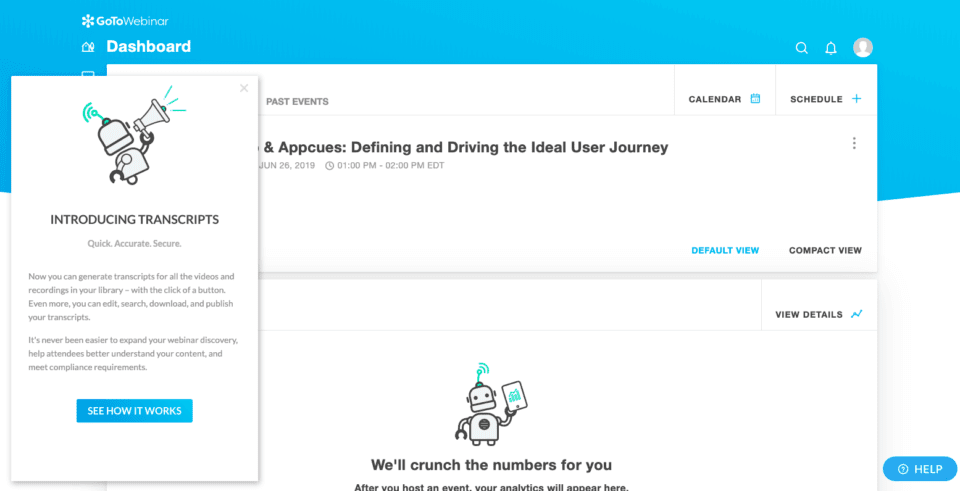
Set up regular notifications that can help your customers follow all-important changes and updates in the product.
These can be announcements of amazing new features, important bug fixes, improvements, or even announcements of some big upcoming change.
We all know how important it is to inform users upfront and give them time to prepare for the change or inform them how to get in touch for more information.
By using in-app messages, you get the additional channel except e.g. email communication.
Use this type of message to share links to release notes, product how-tos, and other useful resources.
2. Onboarding product tours
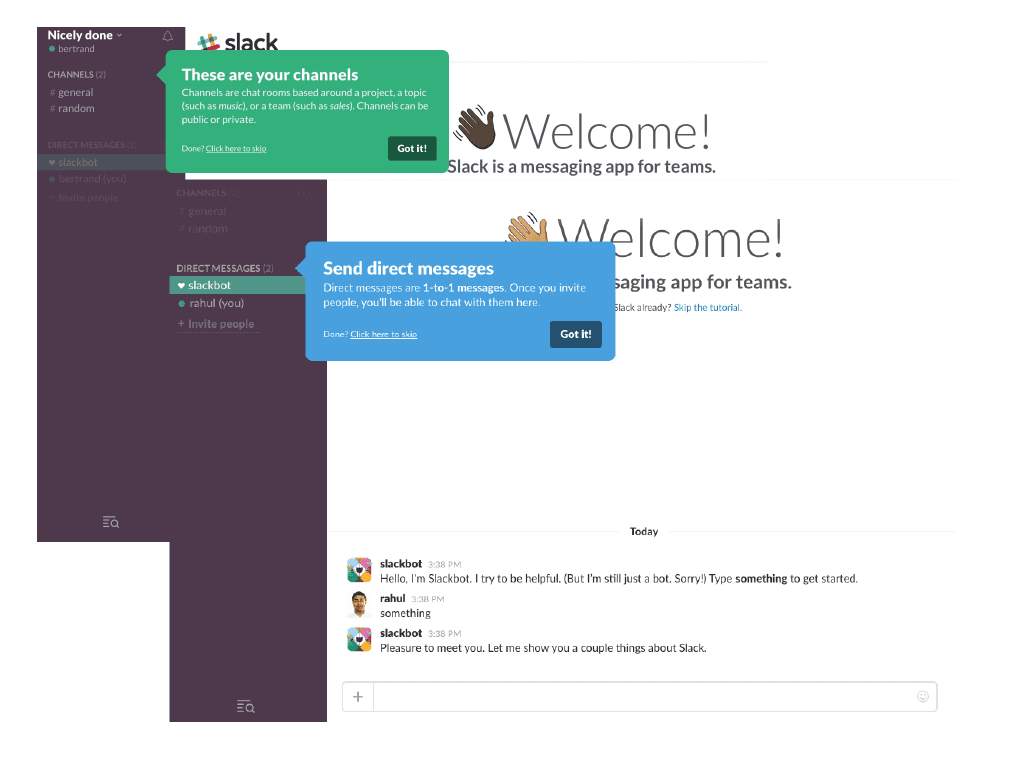
Each new user needs proper onboarding. Sometimes a team stands behind this process, especially for complex products, while some don’t have people behind this. This is where in-product messages come in handy.
Besides preparing great product documentation in your knowledge base and linking contextually from the product where needed, you can provide your new user a “welcome to your new home” tour.
Considering that maybe your new users will need to use the product daily or weekly, make them feel comfortable.
For example, set up a tour of 3-5 steps that shows up on their first login with some basic directions and resources, then you can set up another one after 5 logins with more ideas on what he can do.
Do monitor how these tours perform, clicks, opens, progress till the last slide, etc., and optimize, don’t just leave it there.

3. Contextual, targeted, triggered engagements—increase feature adoption
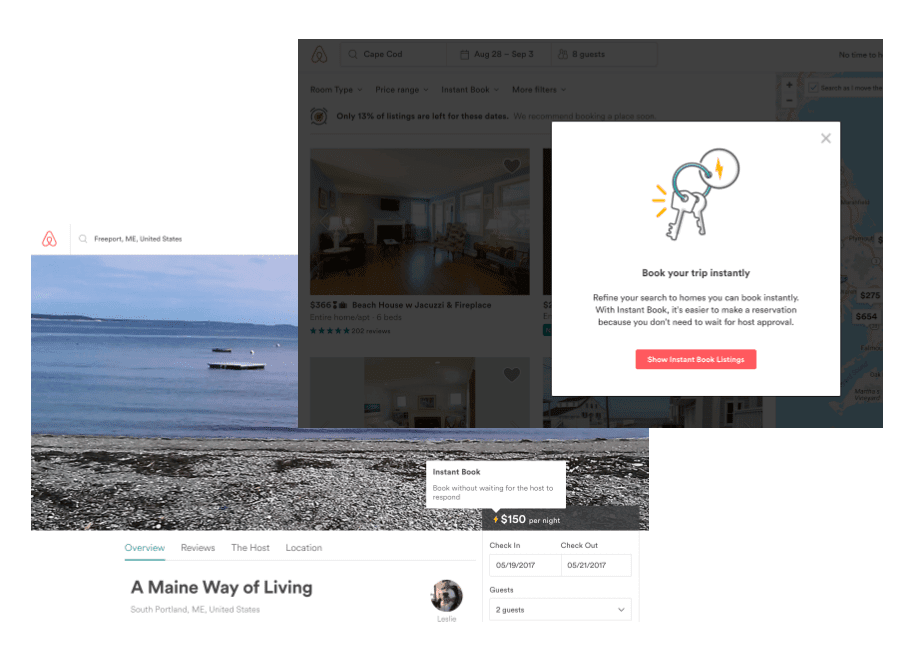
In my case, we were using a powerful tool to monitor product analytics and how things are being used. This allowed us to be creative and smart, and group users by their behaviour, feature usage, industry, and so on.
First of all, you need a strategy behind this. Do you want to increase adoption of newly released feature which brings new use cases and simplifies some additional business operation?
Or do you think customers don’t understand how to properly use something so you want to help them out?
Now that you’ve built your segment (e.g. people from X industry, who logged in 10 times, never used Y feature), the creative part!
Build a compelling messaging, add a nice visual, add a CTA leading to a piece of content that will explain why they need to start using this, inspire them, teach them, show use cases, explain the business impact, and then show them how!
4. Extra exposure to boost your content
As I mentioned before, segment your audience and if you’ve built a nice piece of content which helps them improve business, boost it through an eye-catching announcement.
It can be a webinar or an ebook! For example, if you are a PMM for a marketing platform, and your content team prepared a post on “6 best practices for eCommerce promotional newsletters”, this can be useful for your users. Share it!
5. Cross-sell and upsell
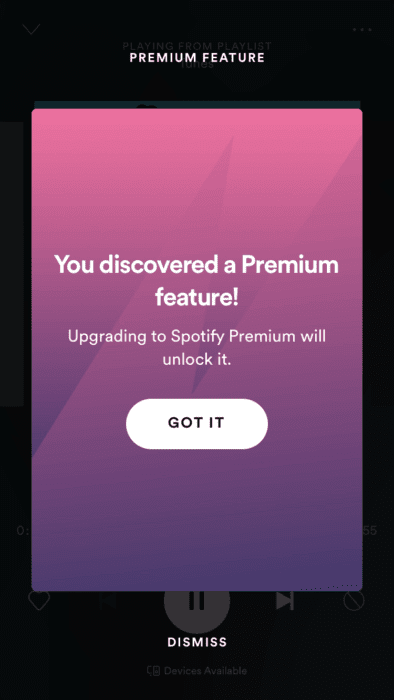
Depending on your complete product portfolio and offer’s complexity, you can be creative and motivate customers to start thinking about other products or different plans, emphasizing the benefits and how it fits with the product they are currently using.
Here is a creative example where in-product messaging works nicely with UI itself—a person clicked on a feature which is part of a higher plan and a pop-up showed up. Be contextual, show up at the right moment!
6. Conduct NPS and collect feedback
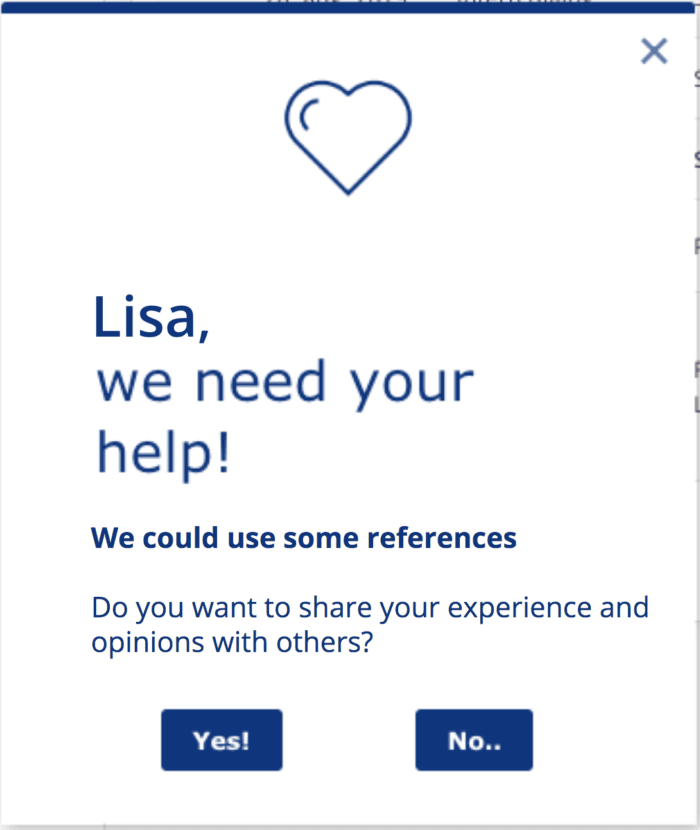
Implement various types of surveys like NPS or CES or any other to learn about user feelings and thoughts about the product.
Don’t forget to follow up based on responses—it can help you and your Product Manager improve many things.
If there were some nice responses, try to build a relationship, ask for a recommendation and include your customer marketing activities here.
Best practices: DON’T over-communicate—DO emphasize the value and inspire—BE personal and contextual
With all of these ideas in one place, you probably already have a few on your mind, but please keep in mind—deliver a meaningful message to the right audience, personalize, and target properly!
Don’t just pop out everywhere, be contextual, show messages in the right place in the right moment.
Not every message is for every user of the product, so keep that in mind. Keep in mind not to over-communicate, set priorities, and frequency in a smart way.
Remember, stay customer-centric, sound supportive, be their partner and bring value! Don’t just brag about your novelties and your super cool features, but show possible impact.
Be creative, help your customer succeed, and love your product; maybe they’ll even become your product’s advocates and gladly recommend it to their friends, NPS = 10. 😀


















 Follow us on LinkedIn
Follow us on LinkedIn


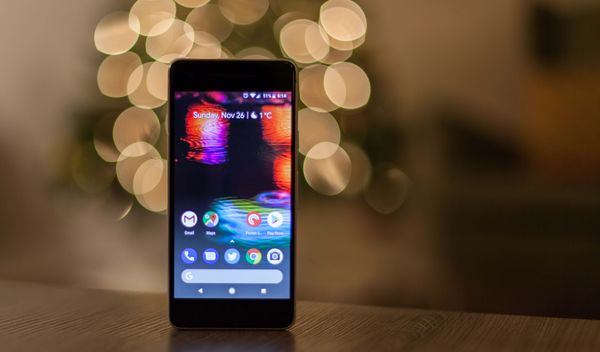


.svg)
Start the conversation
Become a member of Product Marketing Alliance to start commenting.
Sign up now